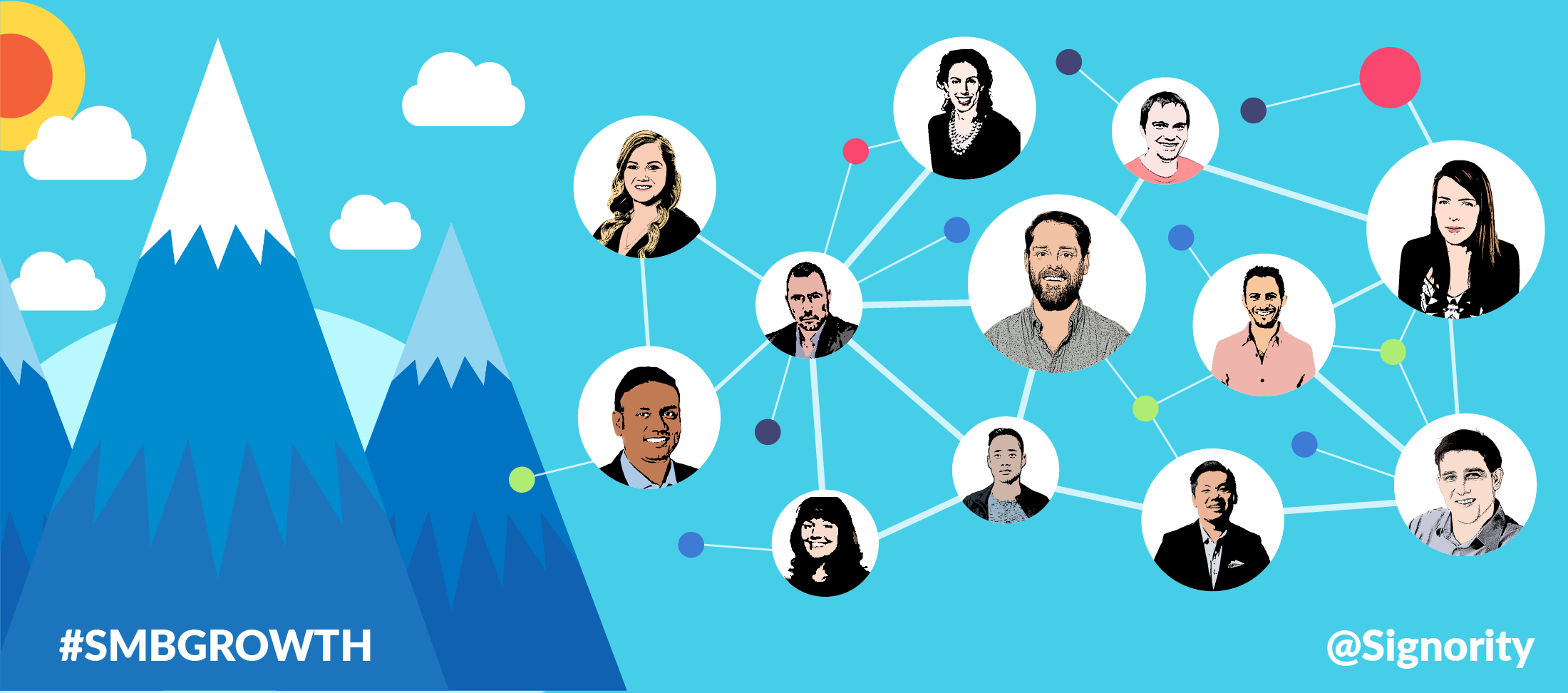My first experience with international contracts did not go so well. The year was 2004, I was travelling and had just recently met up with a very promising business prospect. We had the responsibility of finalizing a housing development project, by creating sandcastles from the toys we found scattered around the beach shore. Oh, did I mention I was only 8? Well, anyway, turns out my new found friend at the beach purposely hustled the only toy shovel right from my little naive hands.
This is my story.
Both of us wanted the shovel, so we decided to figure things out fairly- with a legally binding contract, aka, a game of heads or tails. Now, my new sandcastle developing partner, seeing an opportunity to push their own agenda, said “tails I win, heads you lose”… as you can probably guess, I blindly agreed to these terms. At the time, I didn’t realize the fine print of their offer and grudgingly gave away the only toy shovel. Only years later, lying wide awake at 3am, did I realize how unfair and one-sided that “contract” really was!
Don’t let yourself make the same mistake, because there’s probably a lot more at risk. So keep reading to learn what to watch out for before signing or sending international contracts (and some other useful information too).
International contracts can open up a lot of opportunities…. opportunities that you should take advantage of, like right now. If your business is not, at least, looking to expand into foreign markets, you are losing a huge slice of potential market share. Our economy would not be where it is today without the access and ease of entering into international markets. International trade is a part of every aspect of your, and my, day-to-day life.
Now, you may be thinking, you work for a small to medium sized business and have no idea how to handle international contracts. Well fortunately for you, we have already done the hard work.
So here it is… Your definitive Guide to International Contracts!
Laws When Doing Business with a Foreign Company
Obviously, international business agreements are substantially different from domestic. For international, you have to be aware of the country’s political environment, economic environment, culture, and legal system. For example, as explained by Business Management, India’s laws protect small businesses and consumers, whereas China’s government strictly controls its business sectors. With this being said, it is very important to know the country’s specific contract laws. Countries that follow common law systems, like the United States, have very detailed contracts compared with countries that follow a civil law system, like Russia. This is an important detail to note, as common law system contracts can be time-consuming and expensive to create.
Sending International Contracts: What to Look for
The first, and most obvious, thing to look for is if your terms are properly stated. Make sure your international contract is easily understandable, free from any grammatical errors and is written in plain English. According to the State Bar of Michigan, writing contracts in plain English can improve the contract’s substantive content, and promote the client’s interests. Furthermore, your contract must follow a logical segmentation- if you can’t follow along with what the contract is saying, your signee won’t be able to either. Along the same lines, you should look out for vague standards, such as “reasonable” or “significant”, as these phrases can cloud your actual objective. Furthermore, read through and remove any implying terms. Make sure everything is explicitly stated and said with intent, especially in regards to price and payments. Making your standards more concrete and clear will make them easier to reinforce, and easier for signees to follow. Click here to learn how to include remote workers and digital nomads into your business plan. Already know how/why you want to hire international workers? Click here.
Receiving International Contracts: What to Look for
Most importantly, you need to read it over and agree to everything stated. Make sure the contract leaves none of your questions unanswered. For example, it should clearly define whether the method of payment is a fixed fee, or based on the current exchange rate (and whether you will be paid in local or foreign currency). It is usually a good idea to have a lawyer look over any international contract before you sign (don’t worry, we’ll explain how to easily find a cheap lawyer a little later on).
Receiving Employment Contracts: What to Look for
Unfortunately, international employment contracts are more technically complicated than standard employment contracts, as employment laws, tax laws and immigration laws affect them. As such, there are several things you should watch out for. First, make sure all of the nitty-gritty details are spelt out and clearly defined. For example, ensure any and all promised benefits are fully laid out. Second, be sure to read every single clause. You do not want to end up in a sticky situation because the “past” you was too bored to actually read what you were agreeing to. The non-compete clause is an important one to note, as, according to Wikipedia, this can prohibit you from working within a competing profession or trade with your soon to be employer. Especially if you’re uprooting your life and moving for this job, you want to be sure you have plenty of opportunities if you ever decide to quit (and that you’re not forced to move back home).
How to Find a Lawyer
All this responsibility does not have to fall on your shoulders; to be safe you should hire a professional to look over everything and make sure things are in order. You might be rolling your eyes and groaning, but hiring a lawyer does not have to be expensive. Let me repeat, hiring a lawyer does not have to be expensive. And the added security is definitely worth the minimal cost. You can always ask around for lawyer recommendations, but this can be extremely time consuming and friends/family are not always the most reliable source. Thankfully, there are also online sources available. LawTrades can help you find employment contract lawyers for cheap. Since they don’t have the overhead expenditure of law firms, they are about 60% more affordable – score!
Digital Vs. Paper Signatures
Contracts, in general, can be stressful, and it doesn’t help when you’re sending/receiving them half way across the world. International contracts have the added stress of time and distance. Paper signatures not only prolong the signing process, it also increase the frustration and overall inconvenience (and sometimes the associated costs). Thankfully, the future is here! Digital signatures speed up the process by sending contracts across borders instantaneously. As such, they save time, money and make everyone’s experience as stress-free as possible.
Online eSignature companies like Signority, can be the solution you’ve been waiting for. Compared with digital contracts, paper contracts make about as much sense as sending your mail by pigeon.
Well there you have it, all you need to know about the basics of international contracts. I bet heads your small to medium sized business will exponentially grow from being introduced to international markets, and tails that international contracts are not as hard as they seem.
Thank you for reading, now please sign the dotted line below to grant us full access to all of your bank accounts: ____________________
To most of you who didn’t sign, I’m very proud of how much you’ve learned. To those who did sign, maybe just stick to hiring a lawyer.
Well, we have given you the basics of international contracts, now it’s time for you to start applying this information into your business strategy and open up a whole new world, literally and figuratively.
Also, check out our recent article on “The Ultimate List: 100+ Tools & Resources For Skyrocketing Business Growth in 2017” to help further automate and streamline your international business deals!
Looking to take your business paperless? Sign-up now and get a 14-day free trial to a Signority eSignature Plan.











